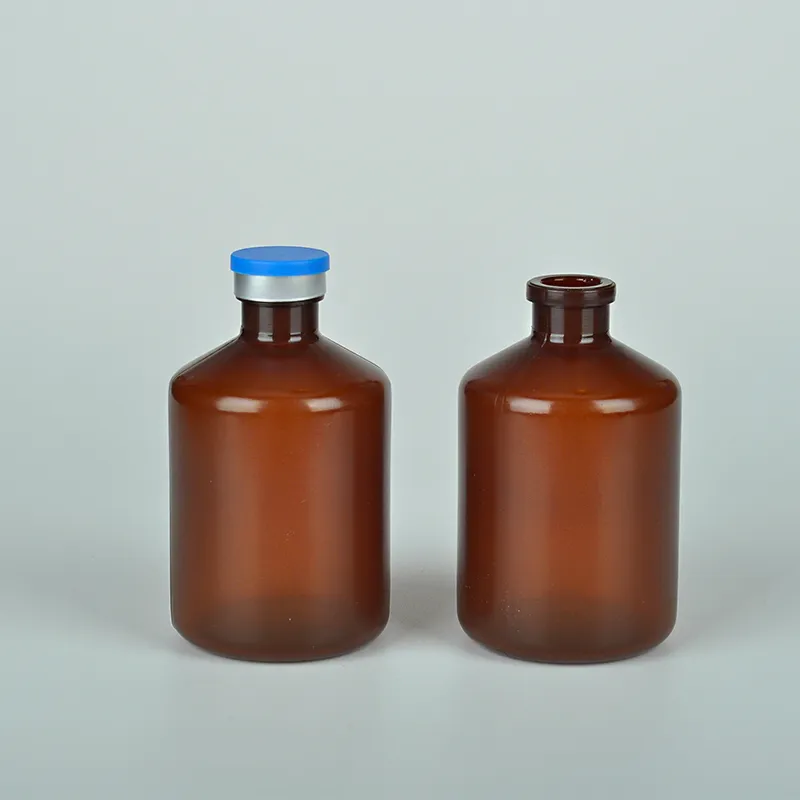Brown Reagent Bottle for Laboratory Use and Chemical Experiments
Exploring the Brown Reagent Bottle A Vital Tool in Chemistry
In the world of chemistry, precise measurements and the right materials are paramount to achieving accurate and reliable results. One essential component that has gained recognition in laboratories worldwide is the brown reagent bottle. This seemingly simple object plays an integral role in the storage and handling of light-sensitive chemicals, ensuring their efficacy and safety for various experimental applications.
Understanding the Brown Reagent Bottle
Brown reagent bottles are typically made of amber glass or other opaque materials that provide a barrier against light. This design is crucial since many organic compounds and reagents are sensitive to ultraviolet (UV) light, which can lead to degradation or unwanted reactions. By storing these chemicals in a brown bottle, chemists can significantly extend their shelf life and maintain their stability.
The use of brown glass dates back to the late 19th century when scientists began to recognize the effects of light on chemical substances. As research in organic chemistry evolved, the demand for reliable storage solutions became apparent. The brown reagent bottle emerged as a preferred choice owing to its ability to shield light while offering the necessary durability to withstand laboratory conditions.
Applications in the Laboratory
Brown reagent bottles are utilized across various fields of chemistry, including analytical, organic, and pharmaceutical chemistry. They are commonly used to store a range of substances, from reagents like solvents, acids, and bases to more delicate compounds such as light-sensitive indicators.
One of the most notable features of these bottles is their practicality. Many brown reagent bottles come with securely fitting caps or stoppers that help prevent contamination and evaporation. Some designs include dropper tops or dispensing mechanisms, allowing for easy and precise access to the contained liquids. This blend of functionality and safety is vital for chemists who often work with hazardous or volatile materials.
Choosing the Right Reagent Bottle
brown reagent bottle

When selecting a brown reagent bottle, several factors must be considered. Firstly, the size of the bottle is important, as different experiments may require varying quantities of materials. Brown reagent bottles typically come in sizes ranging from a few milliliters to several liters, catering to diverse needs.
Additionally, it is crucial to assess the compatibility of the bottle material with the chemicals being stored. While most brown glass bottles are suitable for a wide range of reagents, some aggressive solvents may require specialized containers made from alternative materials like plastics or metal.
Moreover, proper labeling of brown reagent bottles is essential for safety and organization within the laboratory. Each bottle should have a clear, indelible label indicating its contents, date of receipt, and storage conditions. This practice not only facilitates efficient laboratory management but also prevents potential accidents stemming from mistaken identity.
The Future of Brown Reagent Bottles
As the field of chemistry continues to advance, so too does the design and utility of storage solutions like the brown reagent bottle. Innovations in materials and manufacturing processes may lead to even more effective ways to protect sensitive reagents. For instance, newer formulations of glass may enhance UV protection or reduce the risk of breakage.
Furthermore, the push for sustainability in laboratory practices is likely to impact the production and use of reagent bottles. Researchers are increasingly seeking eco-friendly materials and reusable options to minimize waste, which could ultimately change the landscape of reagent storage.
Conclusion
The brown reagent bottle is much more than just a container; it is a critical tool in the arsenal of modern chemistry. By shielding light-sensitive reagents from degradation and providing dependable storage, it enables scientists to conduct experiments with greater precision and reliability. As we look forward to innovations in this area, the humble brown reagent bottle will likely continue to play a vital role in scientific discovery and advancement. Thus, the next time you encounter one of these bottles in the lab, remember the essential function it serves in the pursuit of knowledge and innovation in the chemical sciences.
-
Aesthetic Makeup Spray Bottles | Fine Mist Empty RefillableNewsAug.19,2025
-
White Plastic Veterinary Vaccine Vials | Lab Liquid BottlesNewsAug.18,2025
-
Plastic Medicine Liquid Bottle: Secure Flip Top Drug VialsNewsAug.17,2025
-
Durable 250ml Blue Plastic Vaccine Vial for Lab & Vet UseNewsAug.16,2025
-
Sterile Virus Sample Tubes: Secure & Reliable Specimen CollectionNewsAug.15,2025
-
White 250ml Plastic Vaccine Vial for Lab & Vet MedicineNewsAug.14,2025
























